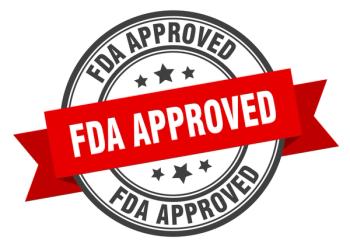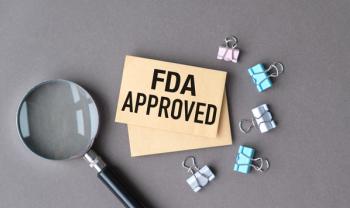
State-Level Substitution Rules for Biosimilars
Legislators in at least 10 states are rushing to introduce pharmacy law that would govern the use of biosimilar substitution-but without further FDA guidance on interchangeability, physicians may be less likely to switch patients to lower-cost alternatives.
Legislators in at least 10 states are rushing to introduce pharmacy law that would govern the use of biosimilar substitution—but without further FDA guidance on interchangeability, physicians may be less likely to switch patients to lower-cost alternatives.
There are very few ways to control the cost of specialty medications, but the use of biosimilars in place of branded specialty medications is one strategy that many health plans, biopharmaceutical companies, and PBMs have started to explore. When The New York Times
Despite the fact that it has been about a year since the FDA first released draft guidance on the development of biosimilars, few companies have actively pursued the development of these complex molecules. The main reason this pathway is emerging so slowly is that there is still much uncertainty surrounding the manufacture, safety, and interchangeability of these products. Unlike small molecule drugs, which are synthesized chemically, biologics have complex structures and are created from living cells. As a result of their delicate manufacturing process, slight changes in the cells from one batch to the next can result in different products.
Even though Amgen insists that its support of state substitution rules is based on its desire to keep patients safe, as biosimilars have the potential to trigger an undesirable immune response, critics of the proposed legislation perceive these lobbying efforts as a way for biotech companies to discourage the use of biosimilars and capture more revenue for a longer period of time from their own innovator biologics. As
Although some see biosimilar development as a threat to the success of branded specialty medications, others argue that these biologics won’t enjoy market penetration for many years to come. Biosimilars can only be substituted for a specialty medication if the drug is deemed “interchangeable,” but the FDA has not provided thorough guidelines on when a drug may be considered “similar enough” to an originator product. Until more guidance is developed, widespread use of biosimilars seems unlikely, especially because proposed legislation would only allow substitution of a biosimilar if the attending physician explicitly notes that the branded version is not medically necessary.
“Biosimilar and bioequivalent guidance is essential in order to introduce cost savings,” noted Sharon Frazee, vice president of research analytics at Express Scripts, in a December 2012
Many professional pharmaceutical organizations have released formal statements opposing the proposed state laws. The Generic Pharmaceutical Association said in a
To many players in the health care industry, the biosimilar pathway is not yet fully “cooked”—and the creation of state-by-state guidelines for biosimilar use should not occur until the FDA can resolve the biosimilar “interchangeability” issue. The point of enacting a biosimilar pathway,
Another method to control cost, said Kay Morgan, senior vice president of Drug Products and Industry Standards Research and Compliance, Elsevier/Gold Standard, would be to “deny high-priced brand prescriptions when submitted by pharmacies for plan members." “Unfortunately, denials lead to abandoned prescriptions (nearly 68%) and poor adherence, which very likely increases overall health care costs in the end,” she
Newsletter
Stay informed on drug updates, treatment guidelines, and pharmacy practice trends—subscribe to Pharmacy Times for weekly clinical insights.








































































































































































































